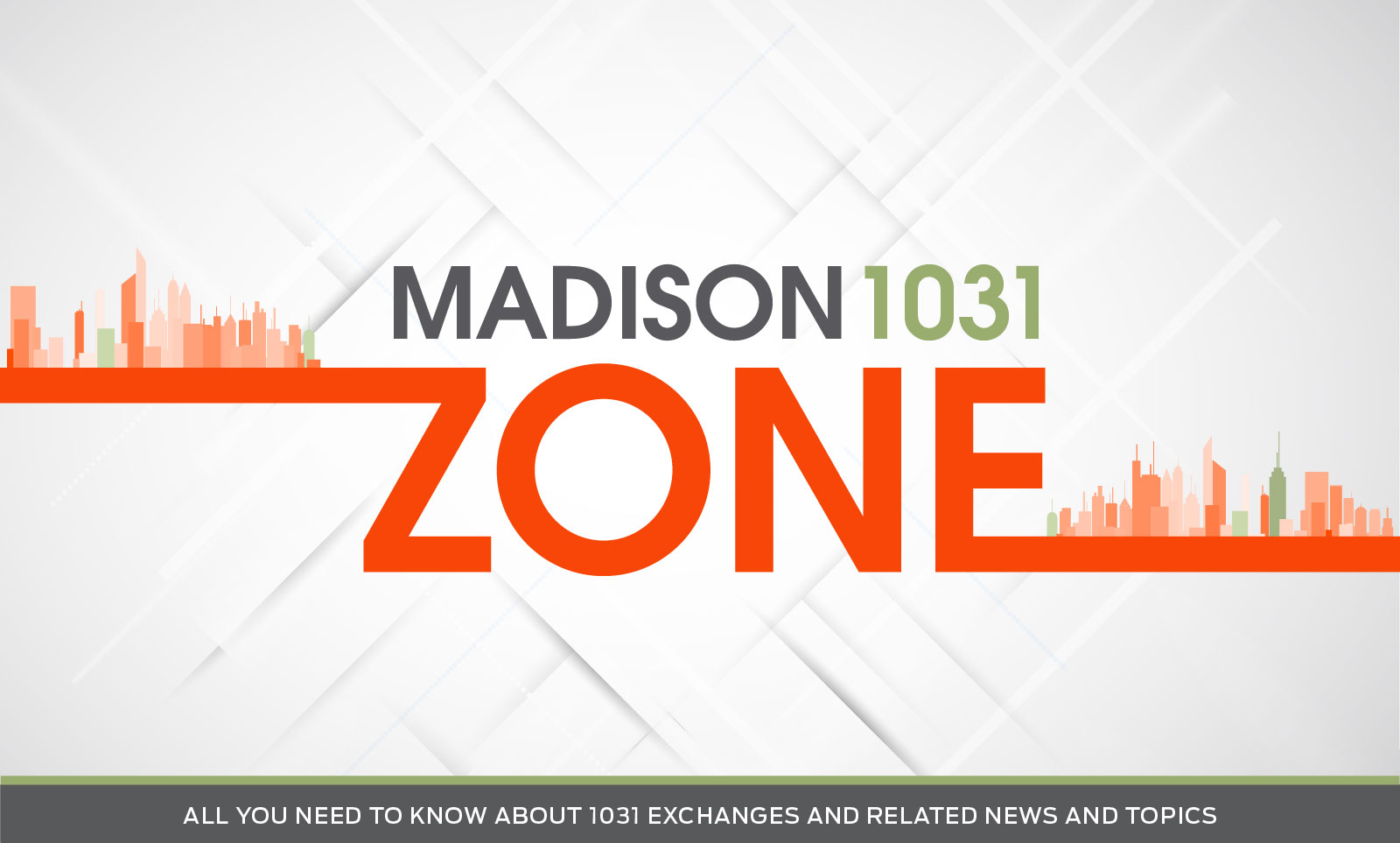With Labor Day right around the corner, long, lazy summer days are almost over. In many parts of the country and at some colleges, kids are already back in school, and elsewhere they are dreading the imminent return of homework and school buses. It may be a reluctance to let summer go that has been driving the many questions we, at Madison 1031, have been receiving lately about vacation homes, and specifically whether these properties may be exchanged under Internal Revenue Code §1031. Let’s dive into the issue.
In addition to selecting a second home often based upon its proximity to sun and fun, most owners acquire a vacation home hoping they can eventually sell it at a profit. Additionally, vacation homes are typically rented when not used by the owner, creating a revenue stream that can help pay the bills.
In 2008, the IRS provided some guidance to would-be vacation home exchangers by establishing a “safe harbor” for these types of transactions. Pursuant to Revenue Procedure 2008-16, a vacation home may be exchanged provided:
- The Relinquished Property is owned by the taxpayer at least 24 months prior to the Exchange, and the Replacement Property is owned by the taxpayer at least 24 months after the 1031 Exchange (the “qualifying use period”); and
- In each of the two 12-month periods in the qualifying use period, the taxpayer must:
- Rent the property to another person 14 or more days at a fair rental rate; and
- Use the property personally for no more than the greater of 14 days or 10% of the number of days it is rented at a fair rental rate.
Personal use includes use by a family member, unless the property is rented to the family member as their primary residence at a fair rental rate. See IRC §280A(2) & (3).
While vacation homes may be exchanged outside these guidelines, exchangers who comply with the requirements will have greater certainty that their 1031 Exchange will be respected in the event of an audit.
Moore v. Commissioner, T.C. Memo. 2007-134, Docket No. 11002-03, provides the perfect example of when a vacation home does not qualify for a 1031 Exchange. The tax court sided with the IRS in disallowing the exchange of vacation homes, where it found that the taxpayer never rented the properties and used them personally as much as two to three weekends per month during the spring and summer seasons. Additionally, the court found that the taxpayer never took a deduction for investment mortgage interest on their tax return (they instead deducted “home mortgage interest”), nor did they deduct any maintenance or other costs associated with the property.
The Moores also acquired their Replacement Property because it was closer to their new home where they presumably would be able to use it more frequently. Given these facts, the court held that the mere expectation of appreciation was not sufficient to establish that the taxpayer’s primary purpose for holding the property was for investment as opposed to personal use.
How the IRS would view vacation homes exchanged outside of the safe harbor would likely depend specifically on the facts and circumstances involved. In addition to other factors, owners should limit their personal use and maximize the rental use of the property as much as possible, particularly during the qualifying use periods before and after the 1031 Exchange. There is a lot of ground between Moore and the safe harbor of Rev. Proc. 2008-16. Accordingly, any taxpayer considering a 1031 Exchange of vacation homes should consult with their tax adviser before structuring the transaction.


